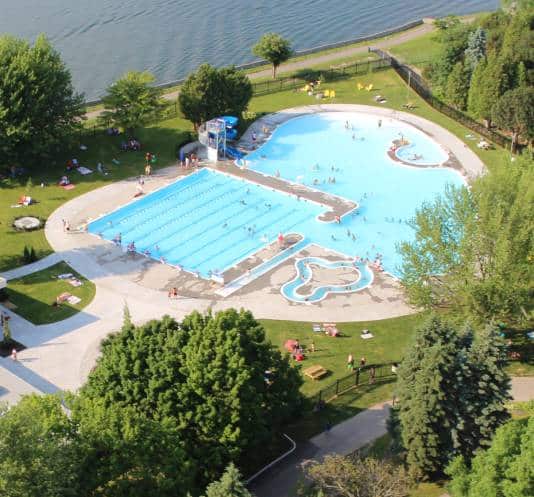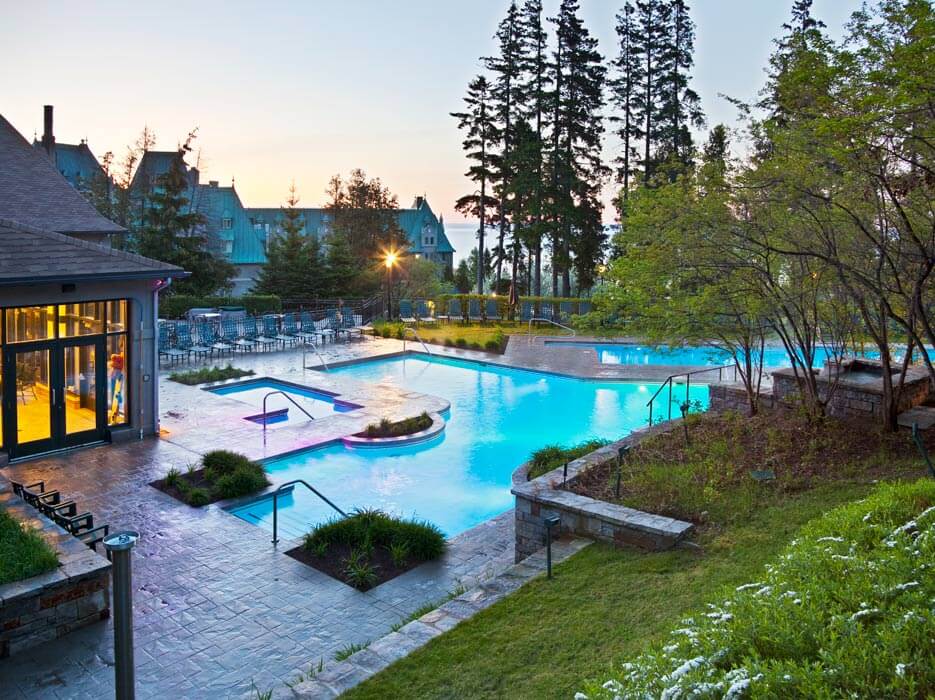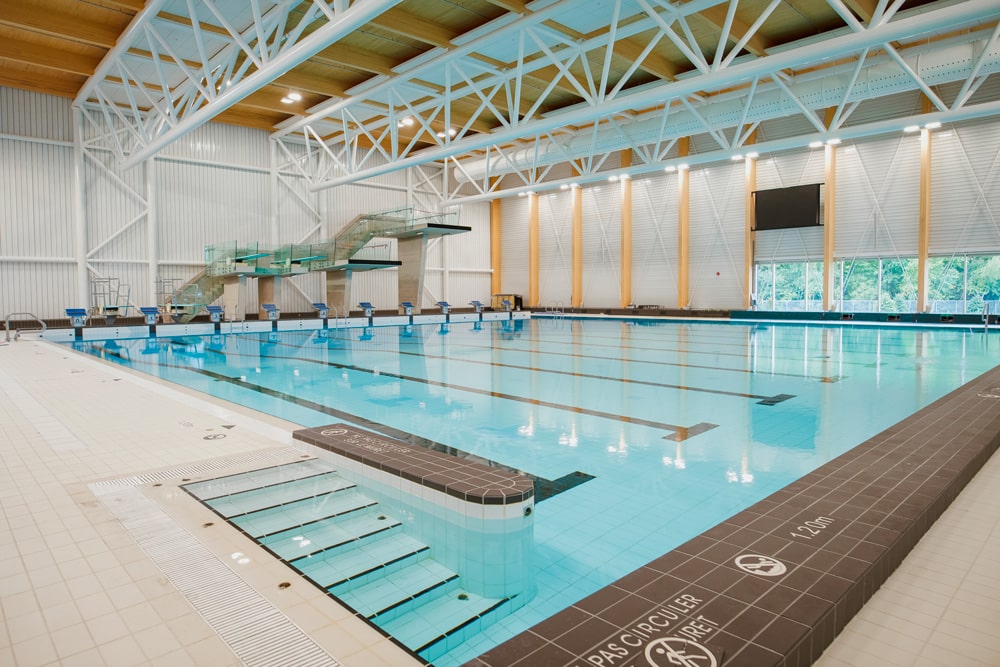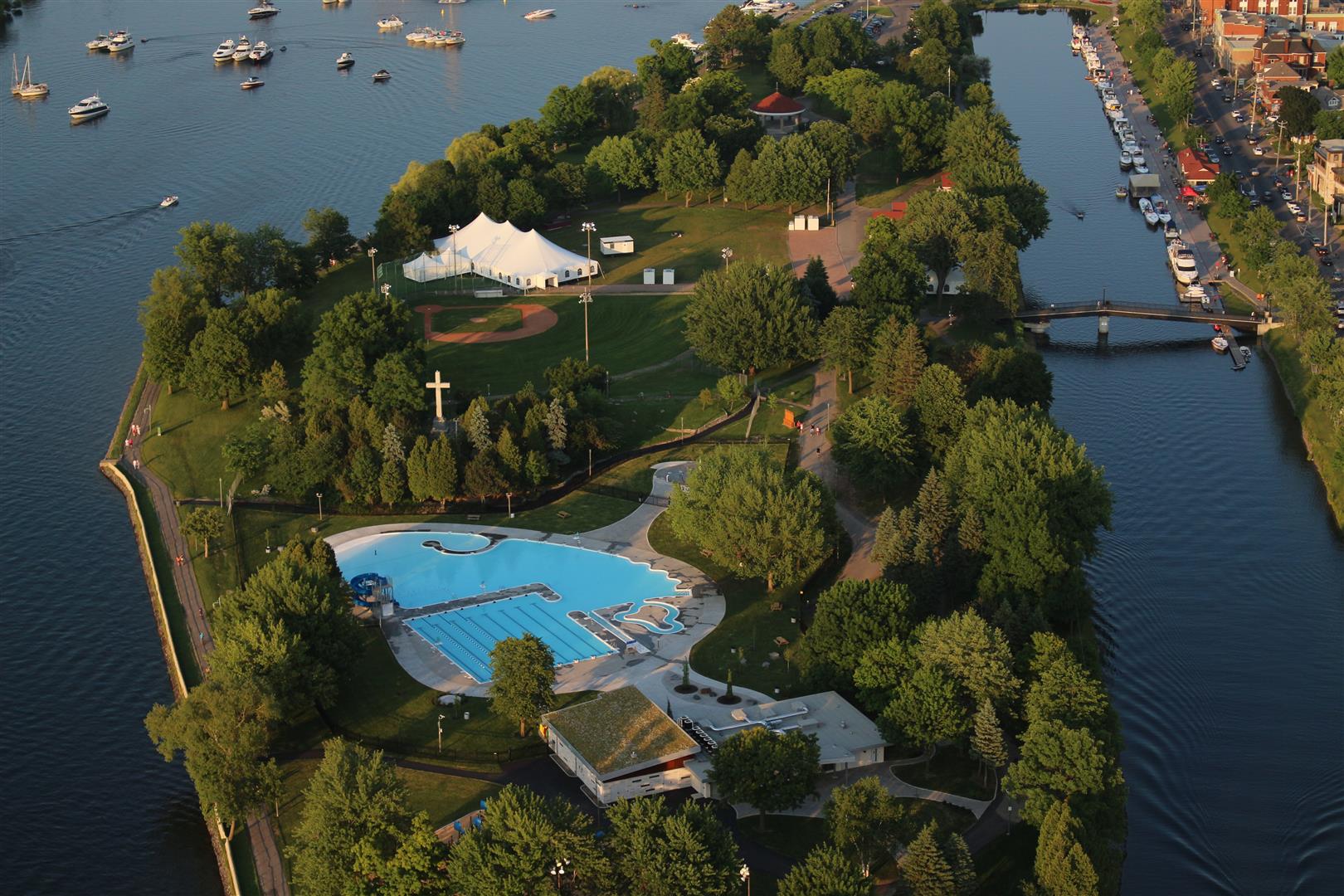Commercial Pool Design: 5 Things to Consider as an Architect
Whether it’s indoors or outdoors, it’s safe to say everyone loves a pool. But the process of designing a commercial pool is a unique one filled with complexity. Here are some of the things every architect should factor into their commercial pool designs.

1. Designing for Commercial Indoor Pools vs. Commercial Outdoor Pools
The pool’s location will affect a variety of choices. Usually, people prefer a pool that is facing south regardless of where it is located. This maximizes the pool’s exposure to sunlight so the water is a more comfortable temperature.
Although indoor pools typically mean more expensive construction and more ongoing expenses, they can also be used all year round. Outdoor pools, of course, cannot be used year round in most locations. They also require additional maintenance to keep them clean and in optimal condition. It’s always key to consider pool filtration early on in the planning process to avoid complex adjustments later on.
If the pool is being installed outdoors, you’ll also probably be adding some landscaping. While it can be tempting to go overboard, you should bear in mind that your landscaping will have a direct impact on the maintenance and cleaning needs of the pools. Avoid any plants or trees that are especially messy or anything that has large roots that could quickly grow out of control. The best landscaping to go around a pool is bushy perennials that won’t grow very high and can also be transplanted if necessary.

2. Planning for the Swimming Pool’s Purpose
Your Audience
The purpose of the pool will dictate a variety of design choices. A pool for games and relaxation will be much different from a commercial pool that’s designed for exercise. If your pool is intended for exercise and users will be diving into the water, you’ll need to make sure you have deeper spots at least at one edge of the pool to make diving safer. The size of the pool itself will also be determined in part by how it’s going to be used. If the pool is just for leisure purposes, you can get a little more creative with the shape and size.

If your pool will primarily cater to adults, you will also have more freedom in the commercial swimming pool design process. But if it’s mostly or partially intended for children, you’ll need to make sure you can accommodate swimmers of all sizes and swimming abilities. Having plenty of shallow areas will keep younger pool visitors safe. It’s important that you figure out how the pool will be used early on in your process because it will be a huge factor in other decisions.
The tricky part is that oftentimes you aren’t just designing a pool for a single use. It will likely have many users and it’s the architect’s challenge to figure out how to seamlessly weave those different zones with different purposes into a cohesive design.

More Than Just Swimming
All too often, architects forget that it’s not just the people in the pool they need to consider when planning for a commercial pool, it’s spectators as well. Deck space must be a consideration in your aquatic design! For example, if you’re designing a pool for competition purposes, there will be a lot of spectators as well as timers and judges that need to be factored into the design. If the pool is for leisure, you still need to make arrangements for how parents and babysitters may be able to keep an eye on their young kids playing in the pool while they chat with other adults and remain dry.
Generally, recreation pools need twice the amount of deck space as pool space. That space isn’t for just lounge areas but also for concessions. You’ll also need to think about how lifeguards will be able to keep an eye on the pool.
Even swimmers won’t be spending all their time in the water which is why it’s crucial to properly plan for locker rooms and bathrooms. You want to make sure you leave plenty of space for lockers and avoid putting them too far away from the pool so swimmers don’t have to be out in the open while they’re wet.
3. Maximizing Energy Efficiency
There is no shortage of ways you can make your commercial swimming pool design more eco-friendly. Since installing a pool can make a substantial impact on an environment, it’s a good idea to think of ways to help offset that. While you may be hesitant to include these features in your design in the beginning, keep in mind that they will pay off in the long run as they will decrease operating costs.
There are solar heating systems on the market as well as energy-efficient pumps, covers, and lighting options. Including a swimming pool cover may help decrease the amount of water lost in evaporation. While the harsh chemical water treatments are pretty standard with pools, there are certainly more environmentally-friendly alternatives that are still effective at keeping pools clean.
4. Enhancing the Design with Commercial Water Features
While pools can certainly be stunning all on their own, water features can make them even more stunning. They’re not just for aesthetic appeal either. They can also make the pool extra enjoyable if it’s for leisure purposes. Water jets are among the most common features but there are many ways you can make your water design even more exciting. Once again, it’s important to make this decision early on to forgo any major adjustments later on.
5. Keeping Swimmers Safe
You can’t overemphasize the importance of safety when you’re installing a pool. Although pools can be so much fun and a fantastic place for exercise, they can still be very dangerous and it’s crucial for you to mitigate risk in your commercial pool design. For example, installing a pool fence is a great way to deter children from entering the pool or parts of the pool they shouldn’t be in. Granted, it must be tall enough to do so effectively.
Of course, there are plenty of regulations you must comply with when designing a commercial pool to keep guests safe. Steps, ladders, and railings are all required to give guests easy and safe access to commercial pools. There also should be a place for signage that indicates the floor is slippery when wet and deters users from diving in shallow areas. If your pool has special equipment like diving boards and slides, there will be additional regulations to follow.
Trust Soucy Aquatik with Your Commercial Pool Design
When you keep each of these things in mind, you will design a safer and better commercial pool that will be an excellent source of fun and exercise for all who use it. Choosing the right commercial pool contractor is another crucial decision you will have to make. With over 650 pools built and counting, there’s no one better to trust than Soucy Aquatik. We have more than five decades of experience constructing only the finest pools for our clients.
Whether your aquatic construction project is for leisure, exercise, or a combination of the two, we can make your dreams come true! For more information, get in touch with our aquatic design consultants today!
